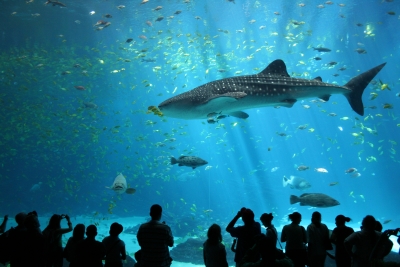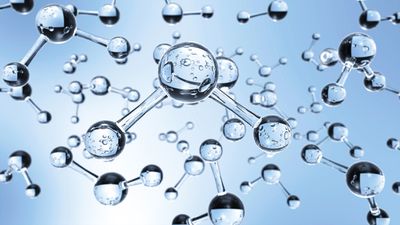
One of the many beautiful things about our planet is the changing seasons. At a period of time in the year, the Sun shines bright upon us making us rush to the nearest ice cream cart, at some other time we just want to stay at home tucked under layers of blankets.
As you experience the different seasons each year, have you wondered what causes them?
A little tilt
Many believe that Earth’s seasons are caused due to Earth’s orbit around the Sun. because of its lopsided orbit (not a perfect circle), there are times when the Earth is closer to the Sun than other times. However, this is not the main reason. Earth has different seasons because of its tilted axis. Earth’s axis is an imaginary pole going right through the centre of Earth from top to bottom. Earth spins around this pole each day making different parts of the planet experience day and night. It is because of this tilted axis that Earth experiences different seasons.
Throughout the year, Earth’s tilted axis always points in the same direction. That’s why, as it orbits the Sun, different parts of the planet get the Sun’s direct rays. Sometimes the North Pole is tilted towards the Sun, giving us summer in the northern hemisphere, and sometimes the South pole tilts towards the Sun, giving us winter in the northern hemisphere.
But what caused the tilt?
Millions of years ago, when Earth was younger, it was hit hard by a big thing. That big thing is today known as the planet Theia. Theia carshed onto Earth and blasted a big hole on the surface of the planet. This sent huge amounts of dust and rubble out into space, which many scientists believe eventually turned into our moon. This major blow by Theia caused Earth’s axis to tilt, thereby giving us our seasons, and may be even our moon.
Picture Credit : Google










